
- A+
- A
- A-
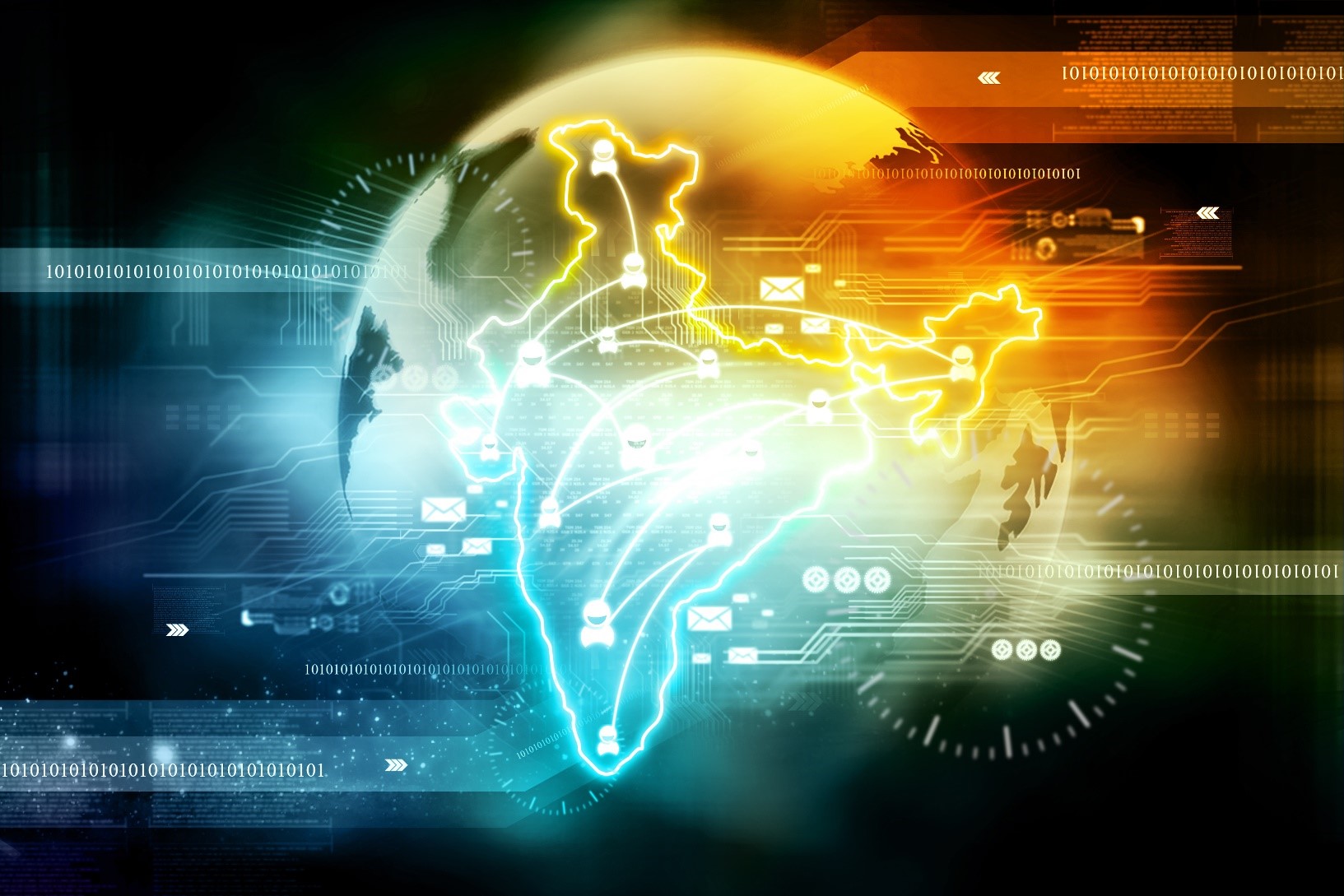
Image for representational purposes only
At the start of India’s 75th year of Independence, Dr. Jitendra Singh, Minister of State (Independent Charge) for the Ministry of Science and Technology and Earth Sciences, said, “We are a frontline nation in various fields in the world, and a lot of credit for this goes to the hard work and dedication of our scientific fraternity. They have contributed enormously to India’s rapid ascent in the last 75 years.” A year later, as India celebrated the completion of 75 years of Independence and looked towards the future with new inspiration, this pride in the nation’s achievements, this belief in the country’s people, continued to ring true.
Indeed, in 1947, after a war for independence, India found itself socio-economically broken and in need of rapid reconstruction. The government and the people came together across various fields, and through policy and innovation, step by step, India grew stronger, achieving many milestones and becoming recognised globally.
The Foundations
The story broadly begins with the formulation of the first 5-year plan in 1951, which focused on agriculture, science, infrastructure, and education, and importantly, on laying the foundation for fundamental research. Over the first few decades, India built and improved academic institutes, laboratories, and research centres across the country. To augment these efforts and provide direction to the research in the country, several government organisations were also set up, such as the Council for Scientific and Industrial Research (CSIR) in 1942, the Department of Atomic Energy (DAE) in 1954, Defence Research and Development Organisation (DRDO) in 1958, the departments of Electronics and Science and Technology in 1971, Department of Space in 1972, and Department of Environment in 1980. In addition, in 1976, another crucial step was taken: India adopted a “scientific temper” in its Constitution, declaring the development of a scientific temper, humanism, and the spirit of inquiry to be the duty of every Indian citizen.
Agriculture
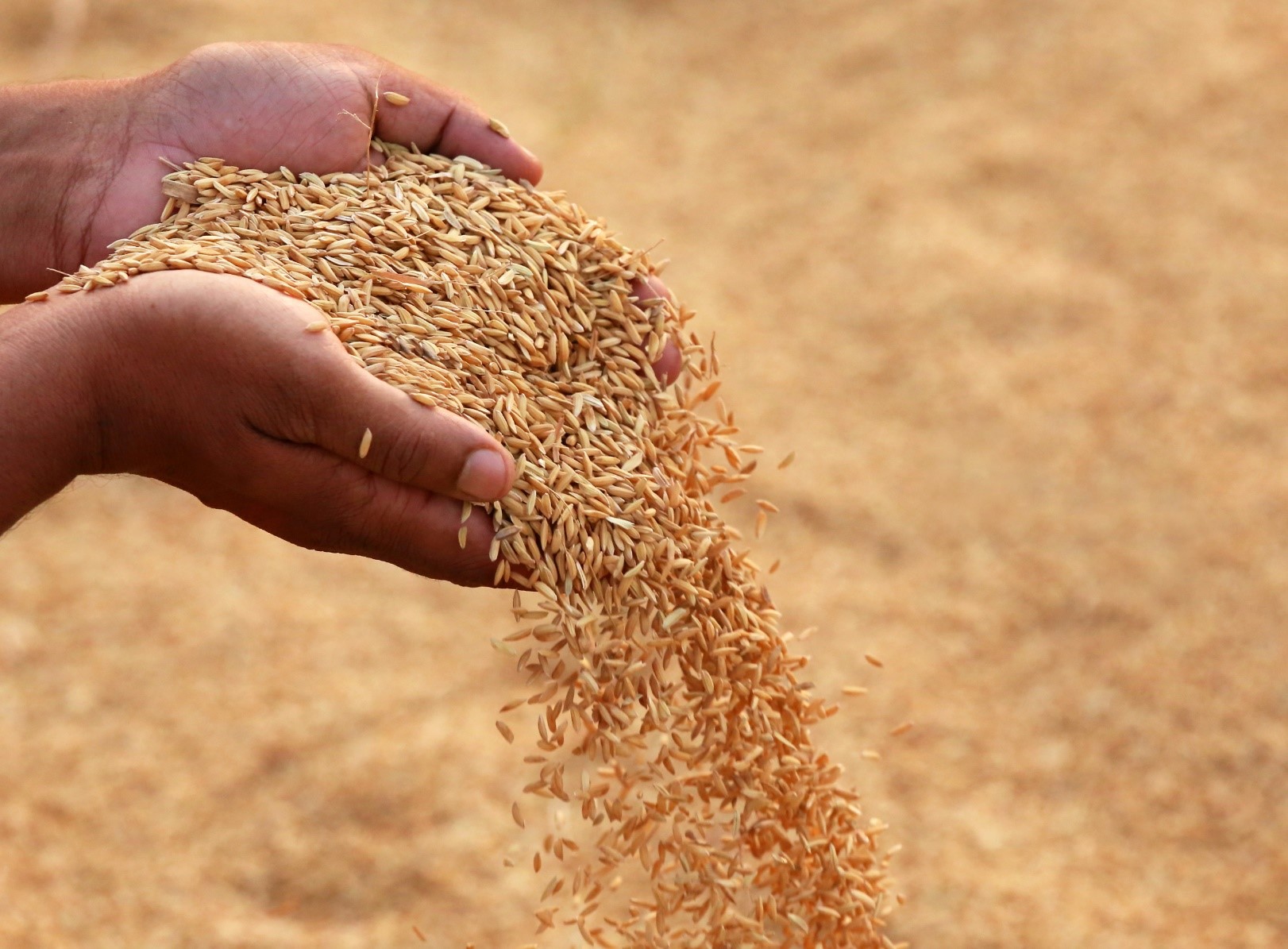
Image for representational purposes only
By 1976, India had already achieved two major milestones in self-sufficiency, the Green Revolution and White Revolution. In the 1960s, research on high-yielding wheat varieties at the Indian Agriculture Research Institute, supported by the indigenous development of technology such as tractors and agri-pesticides by CSIR and Indian Council of Agricultural Research (ICAR), helped India increase its wheat and rice production significantly. This enabled the country to move away from large-scale imports permanently. At the same time, Dr. Verghese Kurien and his team at Anand, Gujarat, revolutionised the milk industry and removed the need for milk imports by proving, for the first time in the world, that buffalo milk could be processed and stored as milk powder. Dr. Kurien was instrumental in creating nationwide dairy cooperatives that ensured no milk went to waste.
This was followed by the Yellow Revolution and Blue Revolution in the late 1980s, which boosted the production of edible oilseeds and made India the second largest fish producing country, respectively. In the 1990s came the Golden Revolution, which aimed at scaling up honey and horticultural production.
Through these years and into the 21st century, India has grown to become self-sufficient in the cultivation of various spices, medicinal plants, and aromatic plants that are an important presence in Indian culture and lifestyle, such as asafoetida, mentha, lavender, and saffron. And true to a legacy that began with the Green Revolution, India continues to advance in agri-genomics and genome editing to improve yields and adapt farmed varieties to the changing times.
Defence
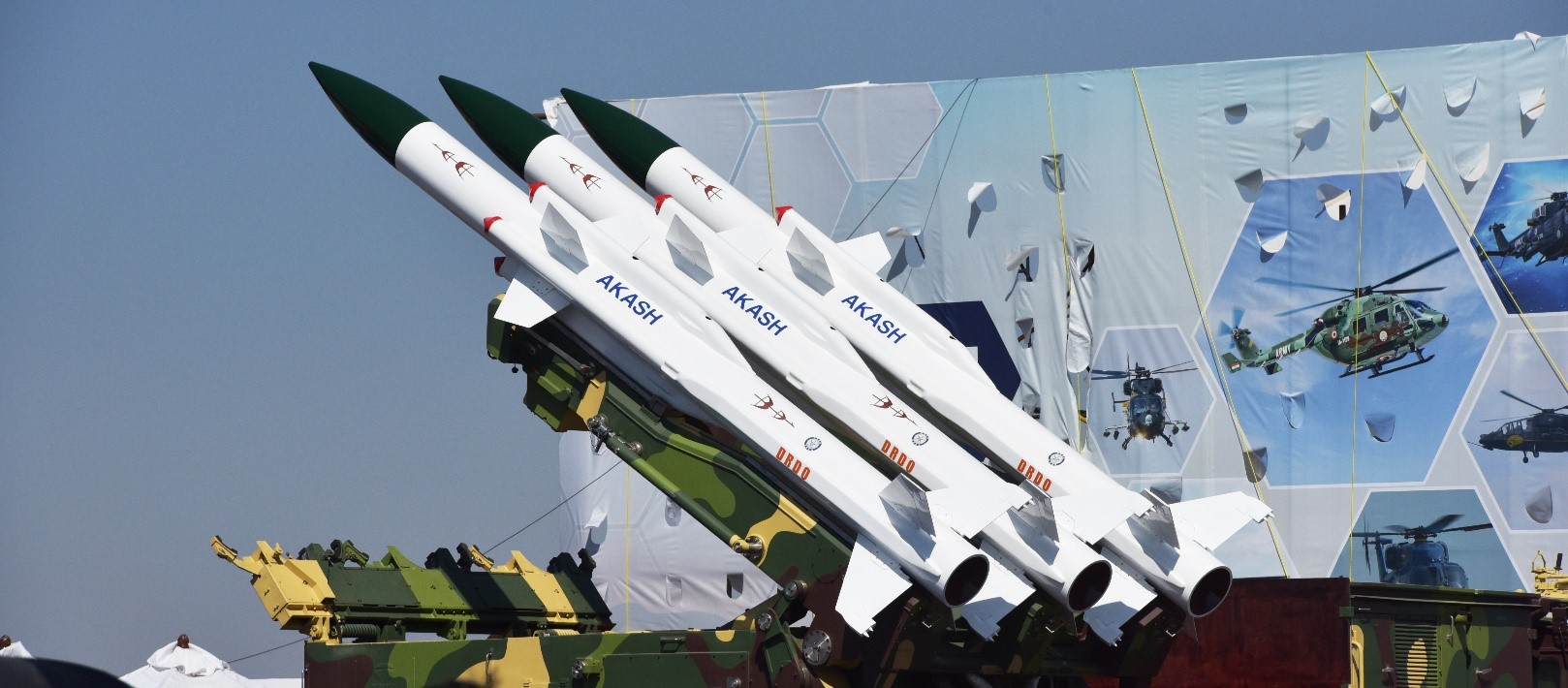
Image for representational purposes only
The 1960s—the time of the Green Revolution—is also the decade in which India reached its first defence milestone: the launch of the first indigenous naval submarine, INS Kalvari. This was the start of a long list of ‘Made-in-India’ technologies not just in defence but across fields. However, in the defence sector, India went on to successfully build, test, and deploy the Agni and Prithvi missiles, supersonic fighter aircrafts such as Tejas, nuclear missiles (Pokhran II), the world’s fastest supersonic cruise missile of its kind BrahMos, ballistic missile submarine INS Arihant, and aircraft carrier INS Vikrant, to name a few. These have been possible through the indigenous development, often from scratch, of individual state-of-the-art technologies for defence aircraft and equipment components, such as Autoclave Technology to process lightweight composites used in modern-day civil and military airframes, and head-up displays (HUDs).
In addition to aircraft, missiles, and submarines, there have been several other key developments in the recent past, such as the anti-satellite technology developed under Mission Shakti, which has made India the 4th nation to demonstrate this capability based on indigenous technology; Astra, the first indigenous beyond visual range air-to-air missile, which has placed India among a select few nations that possess this technology; the ATAGS 155 mm gun, which has the longest firing range in the world; radars like the weapon locating radar Swathi and low-level tracking radars for applications in mountains; electronic warfare systems; underwater weapons and countermeasure systems; and drones and anti-drone systems.
At present, the DRDO is conducting research on ways to integrate technologies such as quantum systems, hypersonic systems, advanced materials, and artificial intelligence into the defence sector. In fact, the Hypersonic Technology Demonstrator Vehicle (HSDTV) was successfully tested in 2020, making India the 4th country to showcase the use of this technology.
Space
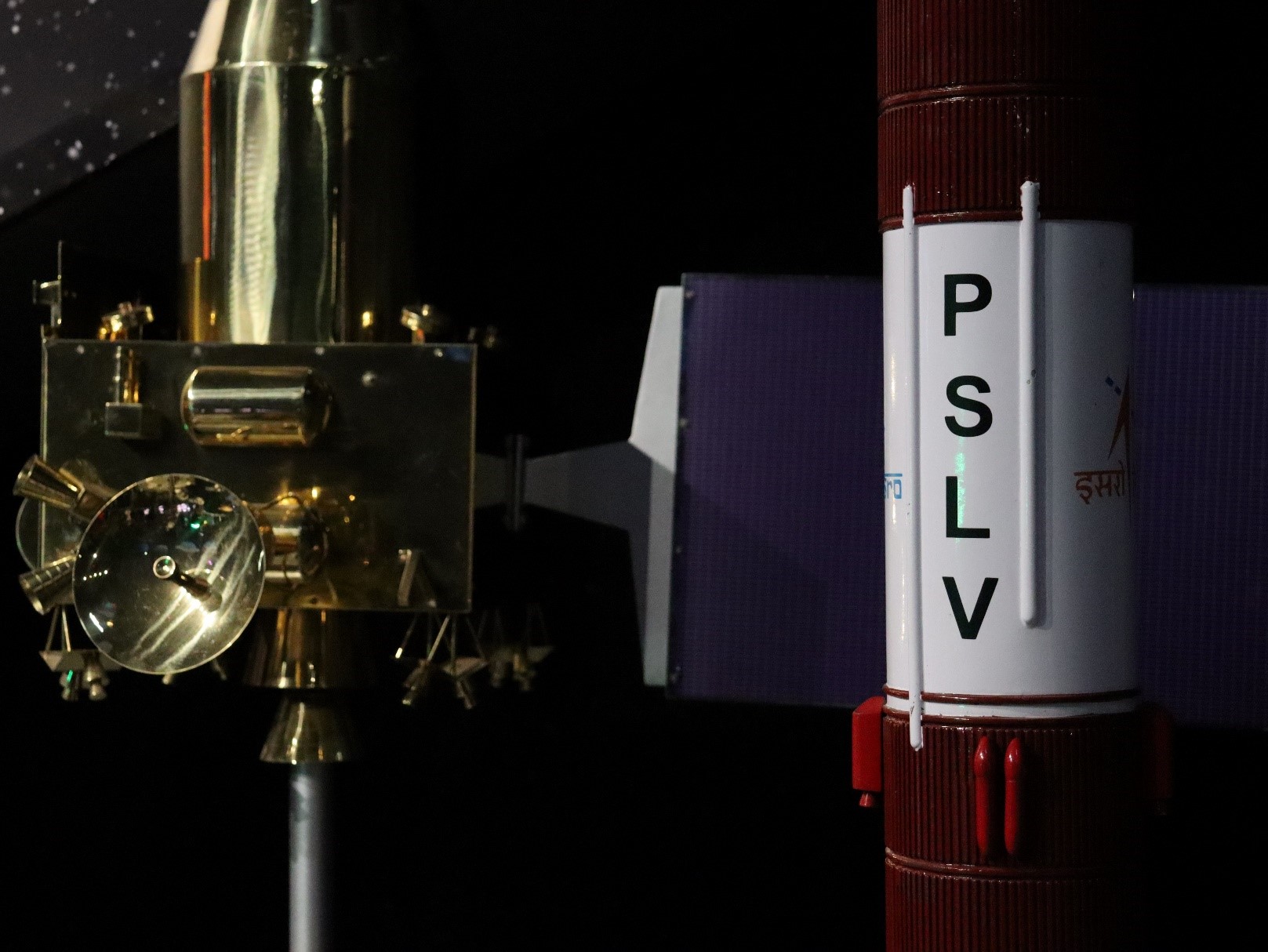
Image for representational purposes only
The space sector is another area where India has built technology indigenously and received global recognition. This saga begins in 1975 with the launch of Aryabhata, the first Indian satellite—which was equipped with instruments for conducting experiments in x-ray astronomy and solar physics—and the launch of SITE (Satellite Instructional Television Experiment), which brought community TV sets even in remote areas of India. These, and later, the launch of the Indian National Satellite (INSAT) and Indian Remote Sensing Satellite (IRS) in the 80s, ushered in an era of prosperity through mass communication, remote sensing, weather prediction, atmospheric and space research, and more.
In 1980, India successfully launched its first Satellite Launch Vehicle, SLV-3. In 1984, India sent Rakesh Sharma, its first astronaut, into outer space. In the 2000s, India began to build its own rockets, which not only carried indigenous satellites and research instruments, but also sent instruments from other developed nations into space. Notable among missions run by Indian rockets are Chandrayaan 1 (India’s first mission to the moon; through which India became the 4th country to send a probe to the lunar surface; and in which, India made the pathbreaking discovery of water molecules on the lunar surface), the Mars Orbiter Mission (where India became the first nation to enter the Martian orbit in its maiden attempt), launch of GSLV-D5 (which was powered by the first Indian made cryogenic engine), and the world record set by successfully placing 104 satellites in orbit during a single launch.
In addition to these missions, in the 21st century, India continues to develop its space sector through the creation of organisations like the Indian National Space Promotion and Authorization Centre (IN-SPACe) under the Department of Space, to promote greater private and citizen participation in the sector—this has led to the successful launch of four student satellites—and institutes to train engineers for the Indian Space Programme, such as the Indian Institute of Space Science and Technology in Thiruvananthapuram.
In the coming years, India is gearing up for several ambitious missions, including a soft landing on the moon (Chandrayaan 3), a human spaceflight mission (Gaganyaan), a solar mission (Aditya L1), and a Venus orbiter mission (Shukrayaan). In an exclusive interview for the PSA Office, Mr. S. Somnath, Secretary, Department of Space (DoS) and Chairperson, ISRO, talked about how these missions “define our identity as a technology-creating nation striving to lead one of the most powerful and influential space programmes in the 21st century world.” The nation also remains immersed in research to build small satellite launch vehicles, air-breathing rocket propulsion systems, reusable rocket technology, and more. “These missions are opportunities to train a young scientific workforce that looks beyond routine tasks and drives fundamental knowledge creation. We aim to involve engineers, mathematicians, astronomists, astrophysicists, and entrepreneurs for building capacity for national missions and commercial economic ventures,” said Mr. Somnath.
Societal welfare and sustainability
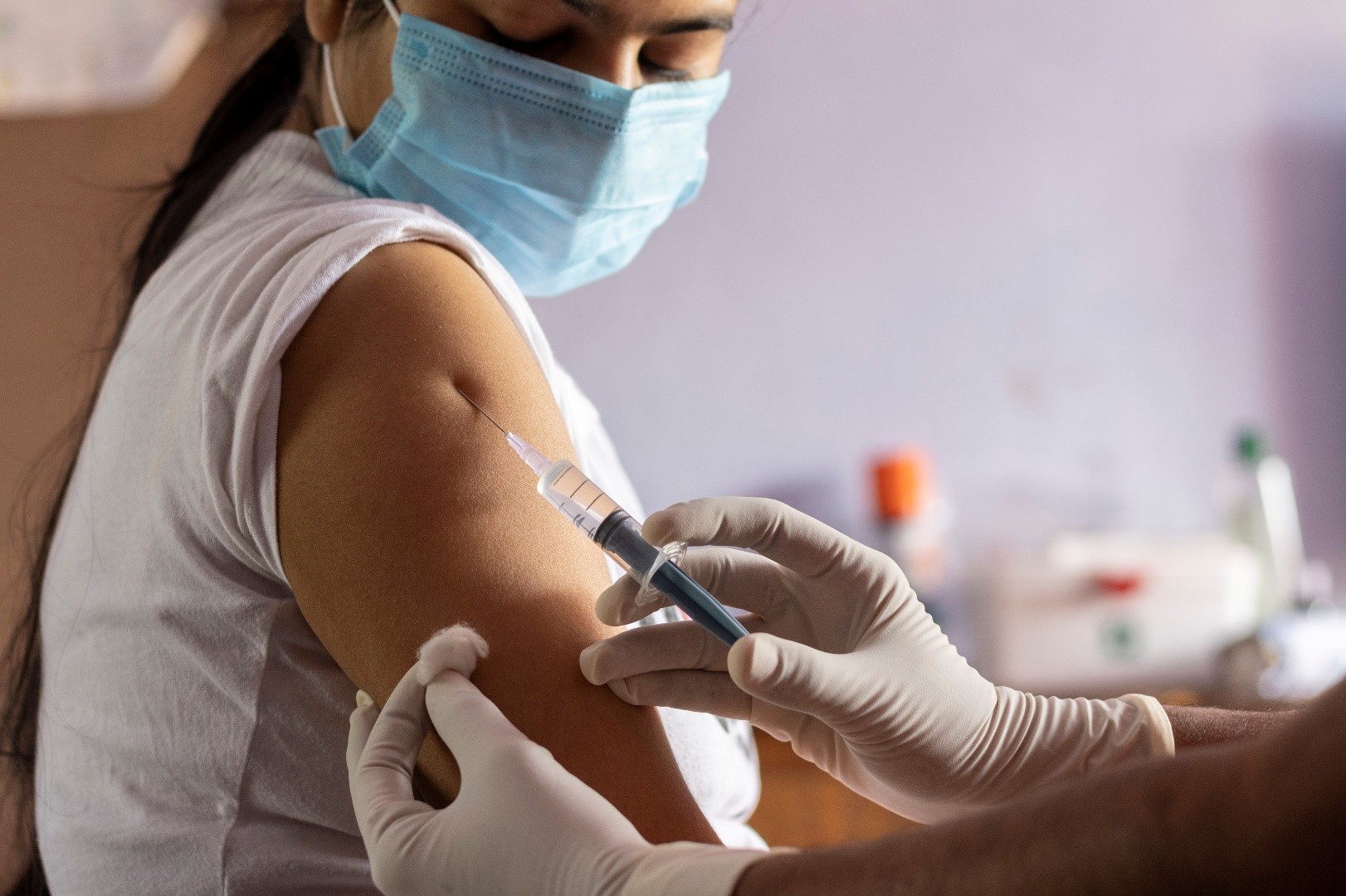
Image for representational purposes only
From the 1980s and 90s, India made many achievements in various fields of science and technology where progress was focused solely on improving lives on the ground. At the turn of the decade in the 80s, India adopted Mark-II handpumps across rural areas, countering drought in a major way. In 1983, the first Indian scientific base station was set up in Antarctica. In 1984, the setting up of C-DOT (Centre for Development of Telematics) pooled the nation’s telecom researchers and resources under one roof, kickstarting the telecom revolution. In 1986, the first Railway passenger reservation system was set up, which was the largest such project demonstrating the application potential of information technology.
The year 1986 also marked the birth of the country’s first test tube baby, Harsha; this feat, in combination with the pioneering of in vitro fertilization by the Indian Council of Medical Research (ICMR) earlier in the decade, placed India on the world map in the field of assisted reproduction. In 1991, DNA fingerprinting was first used as evidence in a legal dispute—opening doors to new possibilities in forensics, genome research, and genetic testing in healthcare—and PARAM, India’s first supercomputer, was built. In 1998, Kalpakkam, India’s nuclear power generation and fuel reprocessing plant, was established.
Kalpakkam has gone on to achieve considerable significance in terms of the nation’s sustainability goals in the decades since its opening. Recently, it became the location for two water desalination plants built by DAE, which supply potable water to a nearby township. It is also the location for a novel sewage treatment plant by DAE. In a way, it is becoming the site that recalls the wide array of research work that the DAE conducts, from developing research nuclear reactors to discovering effective isotopes for radiotherapy, and inventing low-cost water purification systems that require no electricity.
Heading into the 21st century, India conducted its first electronic-voting-machine-based elections in 2004; developed Aadhar, a unique identification number for all residents, in 2009; was declared polio-free in 2014; and set up an arctic observation station, IndARC, in 2015. In the 2020s, the momentum continues with the development of a hydrogen-powered car, the first indigenous social humanoid robot, the first indigenous server RUDRA, a manned submersible Samudrayan, and indigenous COVID-19 vaccines, among other innovations.
Today, India has to its credit several indigenous diagnostic kits, including those for HIV; several vaccines, such as those for rotavirus, multibacillary leprosy, dengue, malaria, chikungunya, and influenza; drugs, such as anti-fungal compositions and affordable generic versions of western brands; and medical devices, such as Sohum, for the early detection of hearing impairment in children, and NeoBreath, a foot-operated resuscitation device for neonatal care. These, supported by healthcare-focused policies, have contributed greatly to the improvement in life expectancy from 32 years in 1947 to 69.4 years in 2021. They have also helped reduce maternal mortality from 2000 to 113 per 100,000 live births and infant mortality from 145 to 28.7 per 1000 live births, during the same time period.
Overall, India is one of the top nations in terms of renewable energy installations, has nurtured the 3rd largest start-up ecosystem in the world, and houses the world’s largest vaccine producer. The nation is well-known globally for participation in international mega-science projects such as the Laser Interferometer Gravitational-Wave Observatory (LIGO), Large Hadron Collider (LHC, CERN), International Thermonuclear Experimental Reactor (ITER), and Square Kilometre Array (SKA).
On the road to India@100
The foundations set up in the early years after independence—which have been bolstered and upgraded through the establishment of new institutes and laboratories, new and evolving policies and initiatives, and new targets in the form of national goals—have played a crucial role in setting the nation’s course towards self-reliance and sustainability, resulting in the achievements we celebrate today.
With these achievements have come learnings, skill, and development, which have prepared us to take on the grand challenges that remain to be solved in our country. Now, at the beginning of what the Hon’ble Prime Minister of India, Shri Narendra Modi, has termed ‘Amrit Kaal’—or the auspicious era of the 25 years remaining until India@100—several cogs have already been set in motion towards achieving India’s developmental goals. The Atal Innovation Mission has set up incubation centres for start-ups in a wide range of fields; scientific exploration missions, such as the Deep Ocean Mission or space missions have opened doors to new discoveries; the Digital India movement has been launched to develop semiconductors, spread the network of optical fibres for 5G to rural areas, and drive transformation in education, healthcare, and agriculture through digitalisation; production-linked incentive (PLI) schemes have been set up to boost manufacturing and bring in technologies from abroad; and progressive policies regarding drones have opened up a myriad of possibilities for goods deliveries, digital mapping, surveillance, and flying taxis. This list is not exhaustive.
In his speech on India’s 76th Independence Day, the Prime Minister urged the nation to work towards self-reliance in renewables in terms of harnessing solar and wind energy, producing hydrogen fuel and biofuel, and promoting electric vehicles. He emphasized the need for more sustainable practices in agriculture, such as using nanofertilizers and shifting to organic and chemical-free farming. He also hailed the technological successes of the country and highlighted our power to become a technology hub in the coming decades.
Indeed, it is only on the back of science, technology, and innovation that India will grow to become a force to reckon with on the global stage.
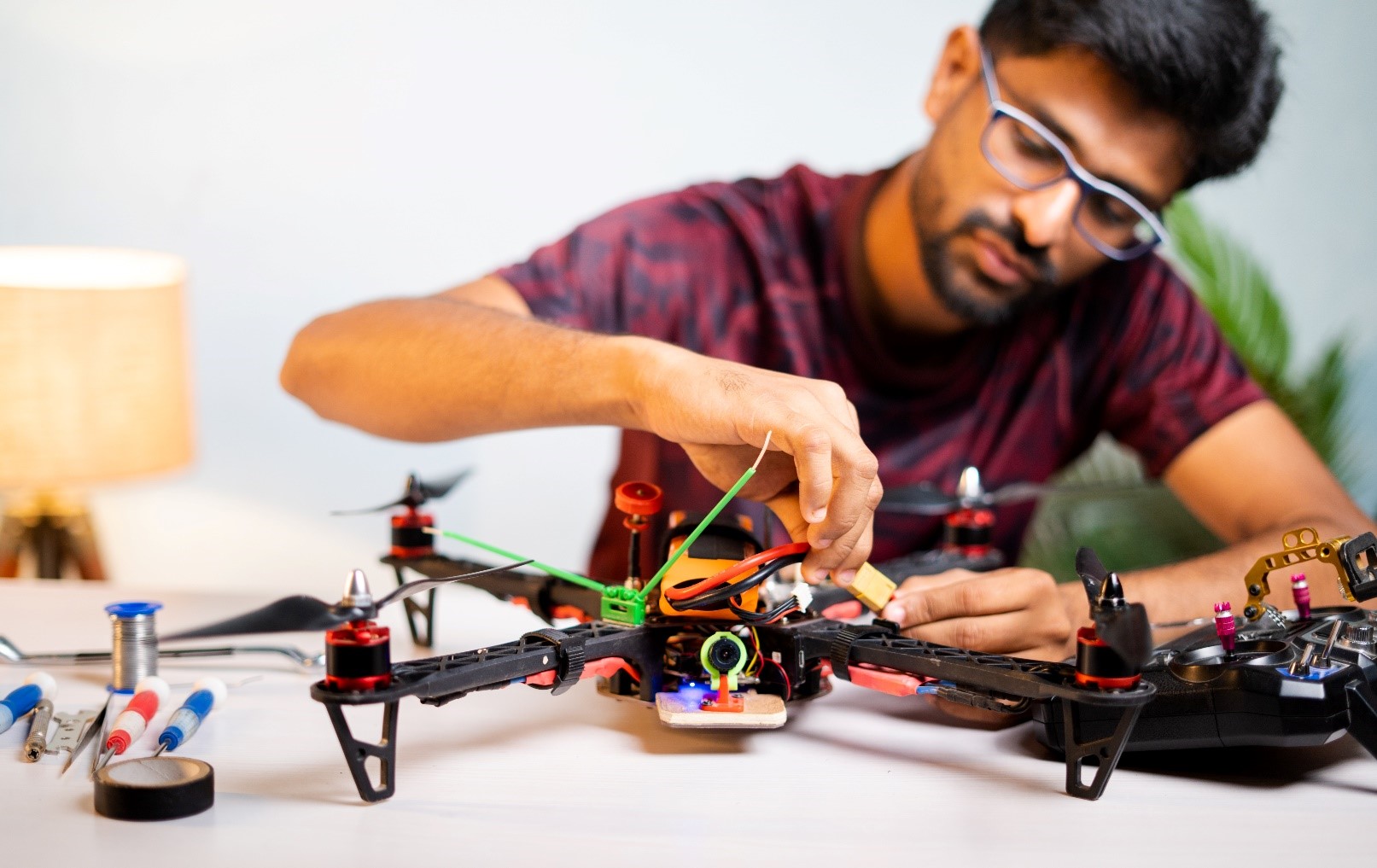
Image for representational purposes only
If you would like to dive into 75 years of Indian science, technology, and innovation in further detail, read the curated list of articles below:
• Science Reporter Issue 2021, http://nopr.niscair.res.in/jinfo/sr/2021/Science%20Reporter%20August%202021.pdf
o “Some Leaders Who Helped Shape Science in India, and Who Left us Recently” by Prof. K. VijayRaghavan
o “Celebrating 75 Years of India’s S&T Journey: Major Recent Contributions of DST” by Ashutosh Sharma, Akhilesh Gupta, and Jenice Jean Goveas
o “From Sounding Rocket to Launch Vehicles: Achievements of Department of Space” by K. Sivan
o “Changing the Tide in Public Health Systems in 75 Years: Role of ICMR” by Balram Bhargava and Rajni Kant
o “The Journey of Building Defence Technological Capability” by G. Satheesh Reddy
o “75 Years of India’s Independence and 80 Years of CSIR” by Shekhar C. Mande, Geetha Vani Rayasam, and G. Mahesh
o “Indian Agriculture: Journey from Begging Bowl to Sustainable Food Security” by Trilochan Mohapatra and P. K. Rout
o “Department of Atomic Energy: A Proud Symbol of AatmaNirbhar Bharat” by K. N. Vyas and M. Ramanamurthi
o “DBT: Building a Strong Biotechnology Research and Translation Ecosystem” by Renu Swarup and A. Vamsi Krishna
o “Ministry of Earth Sciences: Contributing Towards a Weather-Ready and Climate-Smart India” by M. Rajeevan, Gopal Iyengar, and Bhavya Khanna
• “India Today 41st anniversary: A look at science and technology from 1975–2016” by India Today Desk. https://www.indiatoday.in/magazine/cover-story/story/20161226-india-today-41st-anniversary-science-technology-progress-830064-2016-12-15
• “Seven defining scientific contributions that impact every Indian” by Dinesh C. Sharma for Down To Earth. https://www.downtoearth.org.in/news/science-technology/seven-defining-scientific-contributions-that-impact-every-indian-58467
• “India at 75 | Timeline: Science” by R. Ramachandran for Frontline. https://frontline.thehindu.com/science-and-technology/india-at-75-timeline-science-and-technology-75-years-of-independence/article65731123.ece
• “India’s key scientific and technological milestones since independence” by the Ministry of Culture. https://amritmahotsav.nic.in/blogdetail.htm?67
• “India’s Scientific Growth Story” by the Embassy of India Moscow. https://www.indianembassy-moscow.gov.in/pdf/snt/India@75%20Science%20Technology%20Innovation%20Growth%20Story.pdf
• “India at 75: High points in science, technology and innovation” by Shekhar Mande for The Hindu. https://www.thehindu.com/opinion/op-ed/high-points-in-science-technology-and-innovation/article65775873.ece
• “IIA explores stellar mysteries over 75 years” by the Department of Science and Technology. IIA explores stellar mysteries over 75 years | Department Of Science & Technology (dst.gov.in)
• “Indian Agriculture After Independence” by H. Pathak, J. P. Mishra, and T. Mohapatra. Indian-Agriculture-after-Independence.pdf (icar.org.in)
• “First in their field: women who led the way” by the Ministry of Culture. https://amritmahotsav.nic.in/blogdetail.htm?74
• “A Brief history of vaccines and vaccination in India” by Chandrakant Lahariya in the Indian Journal of Medical Research. https://www.ncbi.nlm.nih.gov/pmc/articles/PMC4078488/#:~:text=The%20Pasteur%20Institute%20of%20India,(OPV)%20in%20197030
• “English Rendering of Prime Minister’s Address from the Ramparts of Red Fort on 76th Independence Day” by Pravishti Tithi for PIB Delhi. https://pib.gov.in/PressReleasePage.aspx?PRID=1851994
• “Scientific fraternity in the country celebrated 75th year of India’s Independence with the rendering of the National Anthem” by PIB Delhi. https://pib.gov.in/Pressreleaseshare.aspx?PRID=1745501
• Prime Minister’s Science, Technology, and Innovation Advisory Council (PM-STIAC). https://www.psa.gov.in/pm-stiac
Rachana Bhattacharjee is an author, creative lead, and one of countless chroniclers of the information age.




